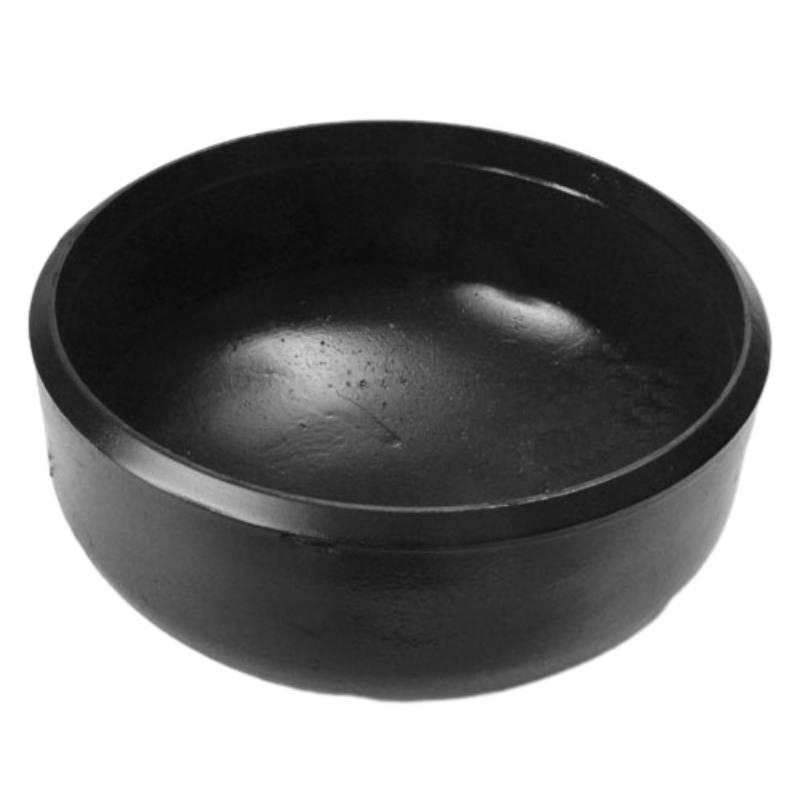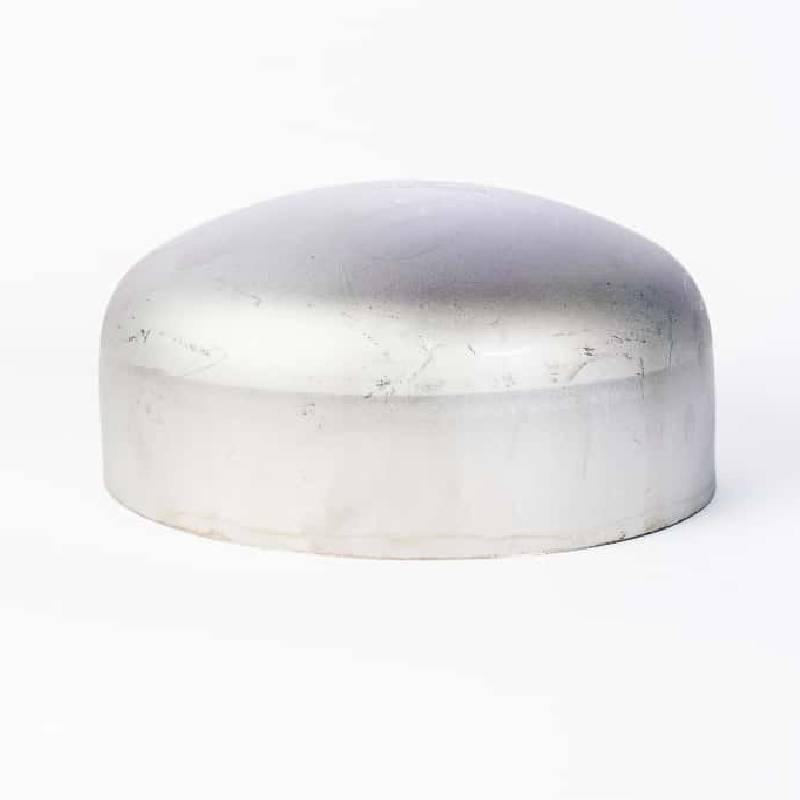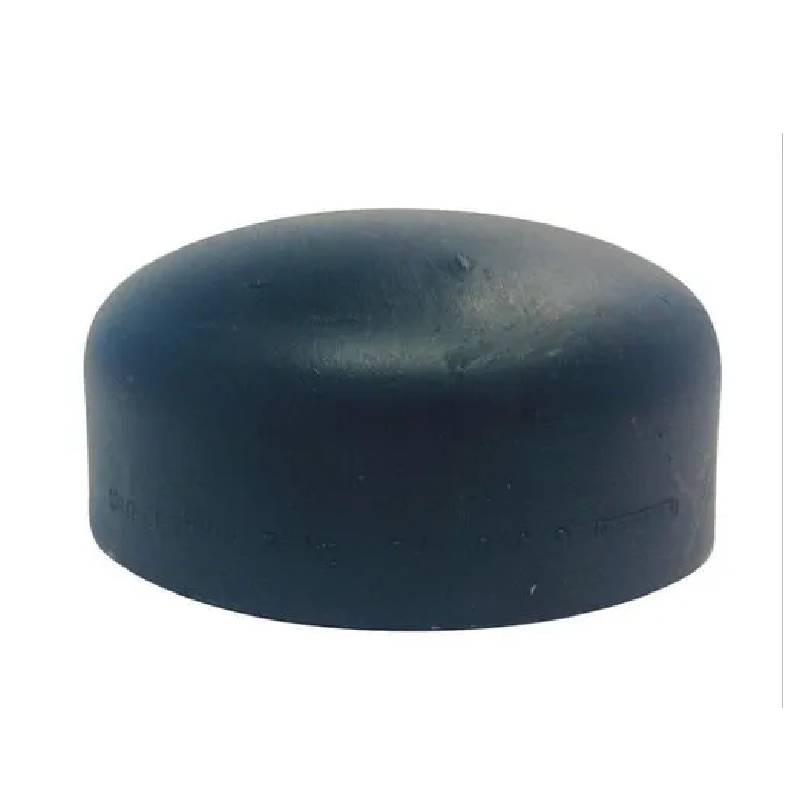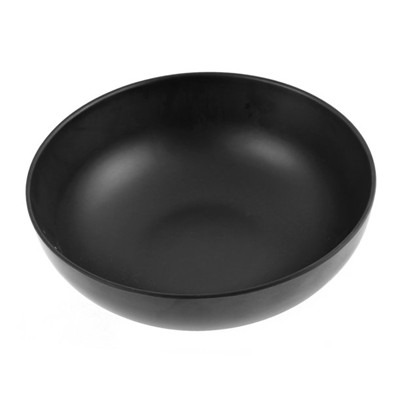-
Standard Compliance:
ANSI/ASME B16.9 butt-welding caps adhere to the specifications outlined by the American National Standards Institute (ANSI) and the American Society of Mechanical Engineers (ASME). This standardization ensures uniformity, compatibility, and reliability in design and performance, facilitating seamless integration into piping systems.
-
Butt-Welding Connection:
Butt-welding caps are installed by welding them directly onto the end of a pipe, creating a permanent and robust connection. The butt-welding technique involves heating the ends of the pipe and cap to the melting point, then pressing them together to form a metallurgical bond. This welding method provides a strong and leak-proof joint, eliminating the need for additional sealing materials.
-
Sealed Closure:
The primary function of butt-welding caps is to provide a sealed closure for the end of pipes in a piping system. These caps feature a domed or flat surface that covers the pipe opening, preventing the ingress or egress of fluids or gases. The welded connection ensures a tight seal, minimizing the risk of leaks and maintaining the integrity of the system.
-
Material Selection:
Butt-welding caps are available in various materials to suit different operating conditions and media. Common materials include carbon steel, stainless steel, alloy steel, and non-ferrous alloys such as brass or copper. The choice of material depends on factors such as temperature, pressure, corrosion resistance, and compatibility with the fluid being transported.
-
Versatile Applications:
ANSI/ASME B16.9 butt-welding caps find applications across diverse industries, including oil and gas, petrochemical, chemical processing, water treatment, and power generation. They are used for sealing the ends of pipelines, vessels, tanks, and equipment, providing protection against contamination, corrosion, and environmental hazards.
-
Customization Options:
While butt-welding caps adhere to standard dimensions and specifications, customization options are available to meet specific project requirements. This may include variations in cap size, thickness, material grade, and surface finish. Customized caps can be tailored to fit unique piping configurations and accommodate special conditions or operating environments.
Buttweld Fittings Manufacturing Process
The manufacturing of buttweld fittings primarily involves two methods: cold drawing and hot forming.
The general steps in the process are as follows:
1. Material Preparation
The initial stage involves sourcing and preparing the raw materials needed for production.
2. Cutting
Pipes or plates are cut into specified shapes or lengths as per requirements.
3. Forming
The materials are shaped into various configurations, such as buttweld pipe caps, 90-degree elbows, and reducing tees. Cold drawn products are formed directly into their designated shapes using hammers, mechanical presses, or upsetters. In contrast, the hot forming process begins with heating the material, followed by shaping it.
4. Heat Treatment
This process entails heating and cooling the metals to alter their microstructure, enhancing both physical and mechanical properties to achieve the desired characteristics.
5. Machining
Sharp cutting tools are employed in this stage to refine shapes and prepare the ends of the fittings.
6. Inspection and Testing
The products undergo a thorough inspection in accordance with relevant standards, checking dimensions, material quality, and appearance.
7. Coating (if required)
Finally, a coating may be applied as necessary to meet specific requirements.
Butt Weld Pipe Cap FAQs
-
What materials are the butt weld pipe caps made from?
- Our butt weld pipe caps are crafted from high-quality materials including carbon steel, stainless steel, and alloy steel. This selection ensures durability and resistance to corrosion, making them suitable for a wide range of applications in various industries such as oil and gas, water supply, and construction.
-
What sizes are available for the butt weld pipe caps?
- We offer a comprehensive range of sizes for our butt weld pipe caps, from small diameters to large fittings, accommodating various pipe sizes. Please refer to the product listing for specific dimensions or contact our customer support for assistance in selecting the appropriate size for your project needs.
-
Are these butt-weld pipe caps suitable for high-pressure applications?
- Yes, our butt weld pipe caps are designed to support high-pressure applications. They meet industry standards and specifications, providing a secure and leak-proof seal that can withstand significant pressure levels. Be sure to check the specifications to ensure compatibility with your particular system requirements.
-
How do I install the butt weld pipe caps?
- Installing butt weld pipe caps requires welding them directly to the pipe for a strong, permanent connection. We recommend using qualified welders and following proper welding procedures to ensure a secure fit and maintain the integrity of the piping system. For detailed installation guidelines, please consult the accompanying technical documentation.
-
Can these butt-weld pipe caps be used in outdoor applications?
Absolutely! Our butt weld pipe caps are suitable for both indoor and outdoor applications. They are built to withstand environmental factors, making them ideal for exterior installations. For prolonged exposure to harsh conditions, we recommend our stainless steel options for enhanced resistance to corrosion.
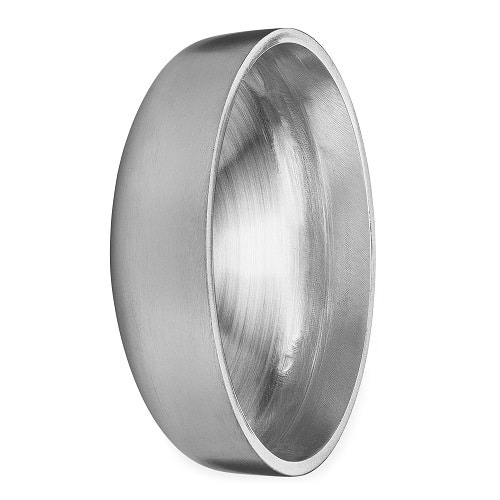
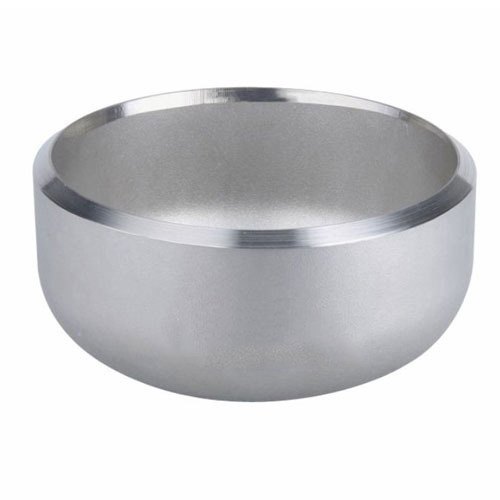
ANSI/ASME B16.9 butt-welding caps are critical components in industrial piping systems, providing a secure and leak-proof closure for pipe ends. Their compliance with ANSI and ASME standards, butt-welding connection, sealing capabilities, and versatility make them indispensable in various applications across industries. With butt-welding caps, engineers and operators can ensure the integrity, safety, and efficiency of their piping systems, contributing to smooth and trouble-free operations.







